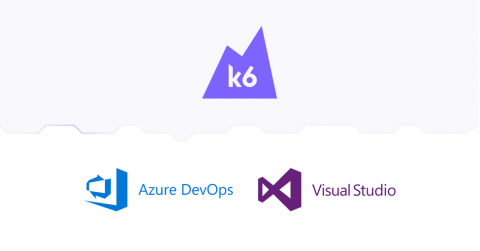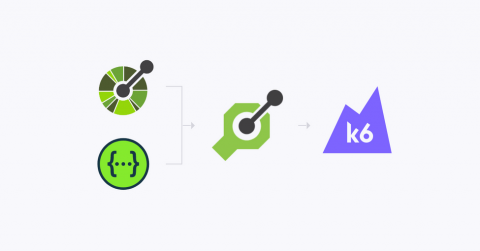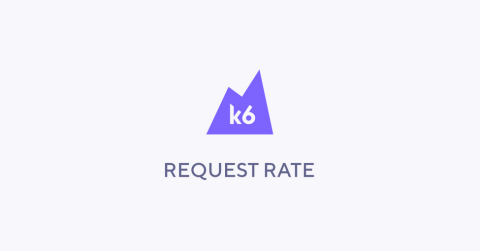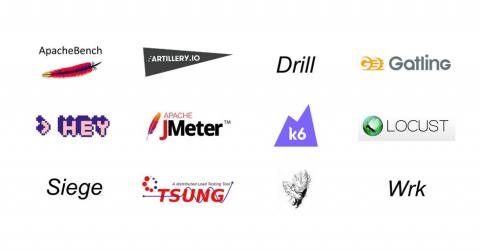k6 as alternative to Azure load testing and Visual Studio load test
At the end of 2018, Microsoft stated that Visual Studio 2019 is the last version with load testing features. A few months later they formally announced that Azure load testing is closing down on March 31st, 2020. This announcement came as a bomb to the community. But for those who follow this market, the news was not a complete surprise.






